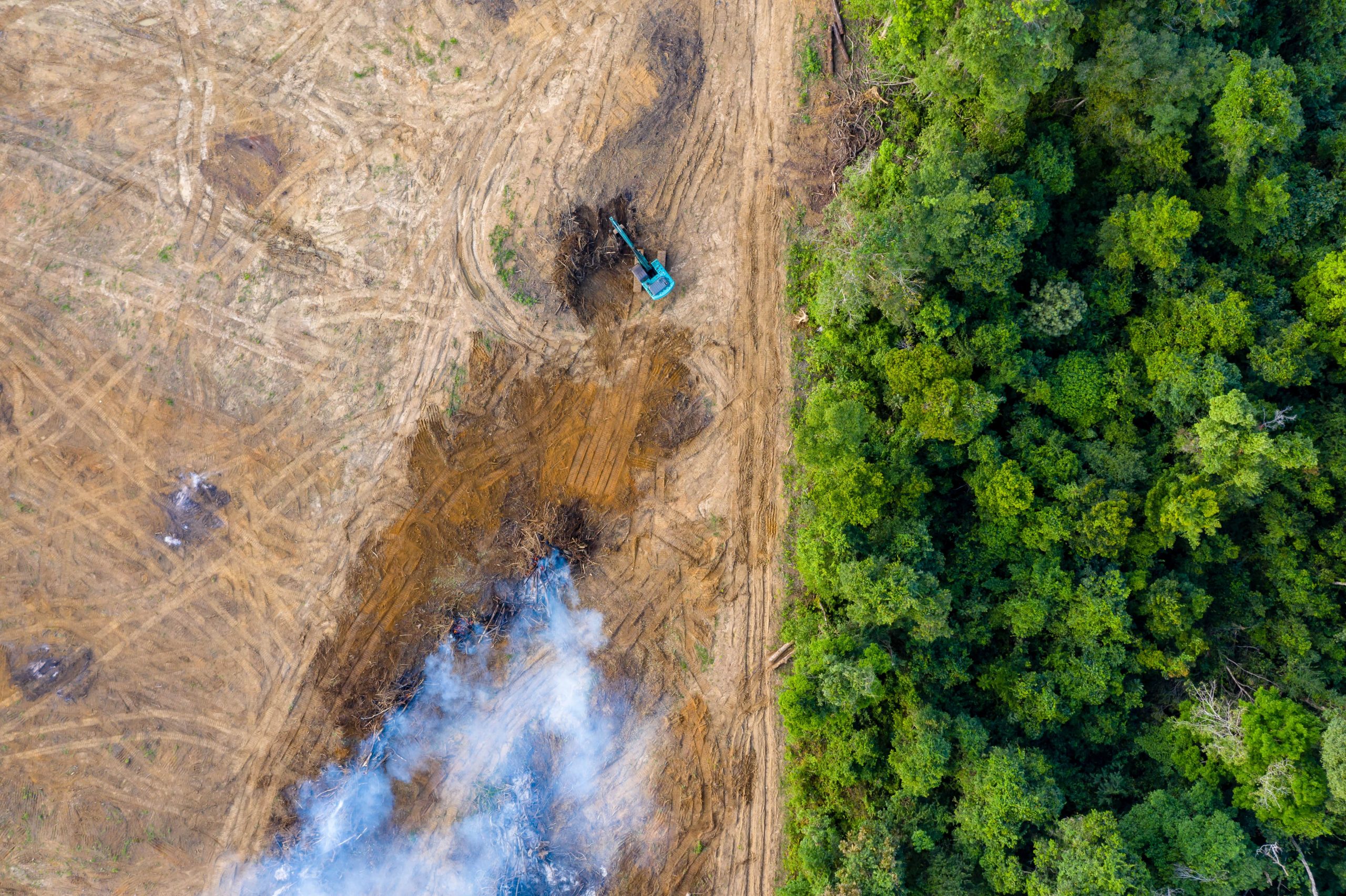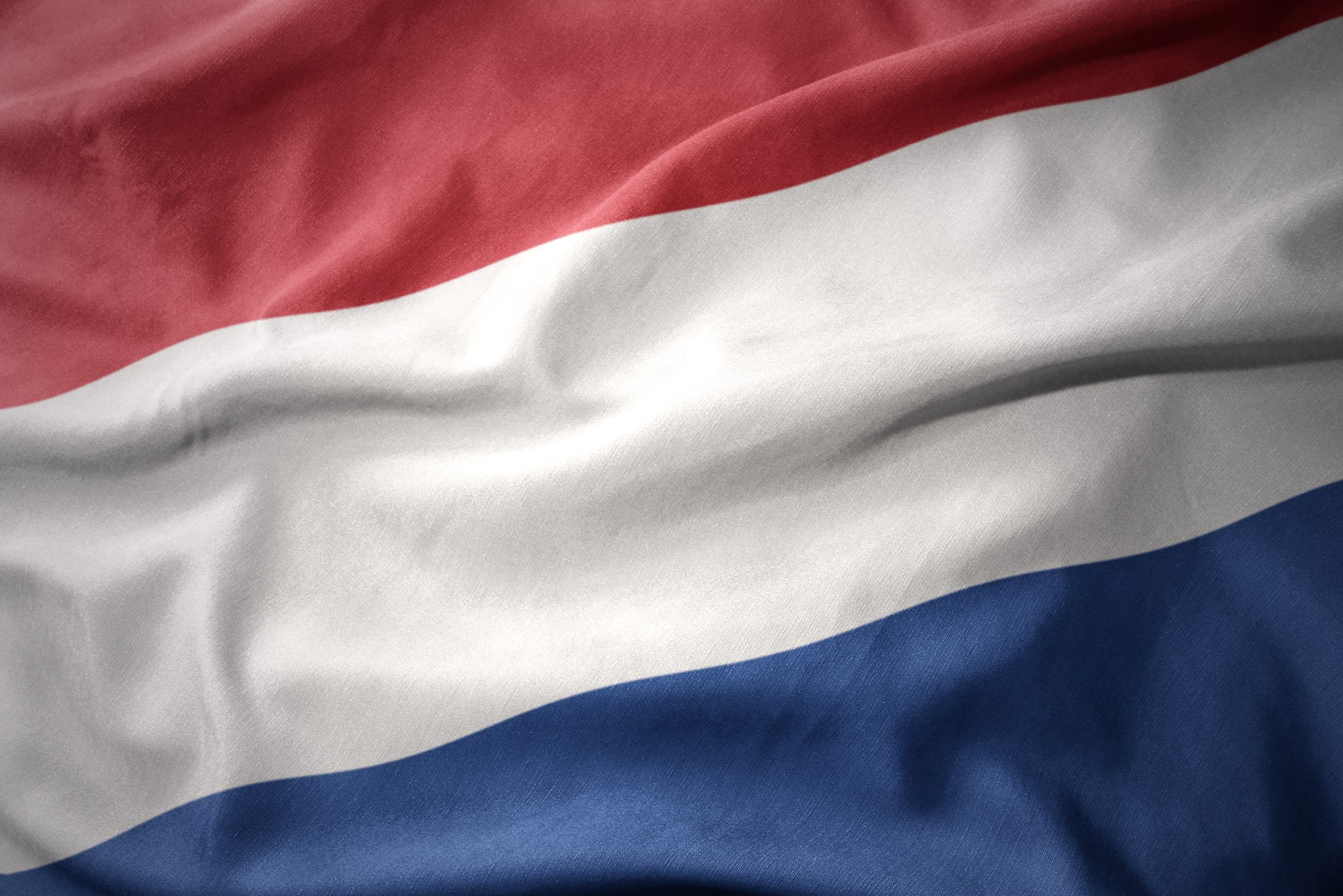Renewable Energy Transition: Hydrogen and the Golden Indonesia 2045 Target

Indonesia is endowed with abundant natural resources and is poised to be at the forefront of the evolution to renewable energy sources globally. The nation’s ample lakes, rivers, seas, constant sunshine and wind flow furnish immense potential for New and Renewable Energy.
This is the key prospect to Indonesia’s vision for a Golden Nation by 2045 to reality, aiming towards sustainable economic development through optimum NRE utilisation.
Hydrogen: The Path to Energy Sustainability
Hydrogen, though not a primary energy source in Indonesia, is produced using eco-friendly technologies that harness water, wind and solar energy. Indonesia focuses on hydrogen to achieve energy sustainability, resilience, and self-sufficiency. The National Hydrogen Strategy has been issued to cut reliance on fossil fuels, support decarbonisation, develop the domestic hydrogen market, and place Indonesia as a global hydrogen exporter.
With its strategic initiatives, Indonesia is set to become one of the leaders in renewable energy and hydrogen production
The Ministry of Energy and Mineral Resources envisions a substantial increase in the national demand for low-carbon hydrogen between 2031 and 2060. Currently, Indonesia consumes approximately 1.75 million tons of hydrogen annually, with 88% used for urea fertiliser production, 4% for ammonia, and 2% for oil refineries.
Nusantara: The Catalyst for Hydrogen Innovation:
Indonesia’s new capital, Nusantara, in East Kalimantan, is envisioned as a smart forest city and the catalyst for the national hydrogen strategy. Targeted to achieve net-zero emissions (NZE) by 2045, 15 years ahead of the national goal, Nusantara will purely rely on NRE for energy.
The National Hydrogen Strategy, coupled with the catalytic role of IKN Nusantara, places Indonesia on the path to achieving its Golden Indonesia 2045 vision
The government’s first step is developing a 50-megawatt solar power plant in Nusantara, using electrolysis to decompose water into oxygen and green hydrogen. This will provide sufficient hydrogen to meet the city’s domestic demands. Hydrogen distribution will be facilitated through a multi-utility tunnel (MUT), a three-compartment infrastructure under main roads, ensuring a proper pipe network without expansive and expensive mutations to the existing transport network.
Three-city Strategy: Enabling Economic Synergy:
The Three-city Strategy envisions a synergistic triangle of Nusantara, Balikpapan and Samarinda in East Kalimantan. Nusantara will serve as the hub for green energy innovations, distributing low-carbon NRE to Brunei Darussalam, Malaysia’s Sabah and Sarawak states.
On the other hand, Balikpapan will export energy to other Southeast Asian countries by sea. This collaboration will establish East Kalimantan as an economic superhub and Indonesia’s first province to export green hydrogen.
“Indonesia’s commitment to renewable energy is unwavering,” said the Minister of Energy and Mineral Resources. “The development of Nusantara as a smart forest city and implementing the Three-city Strategy will not only help us achieve our NZE targets but also pave the way for sustainable economic growth and energy resilience.”

